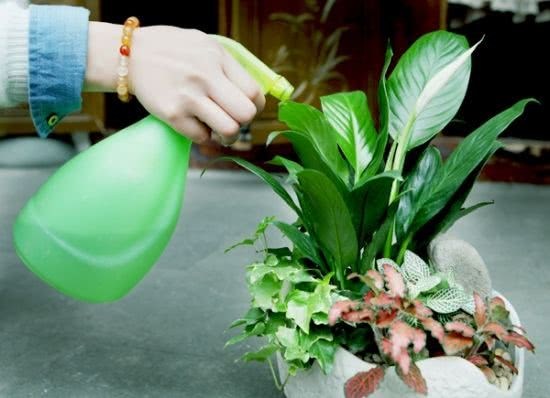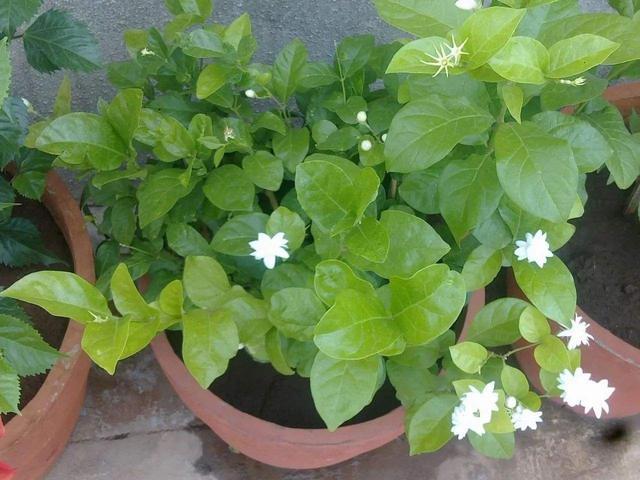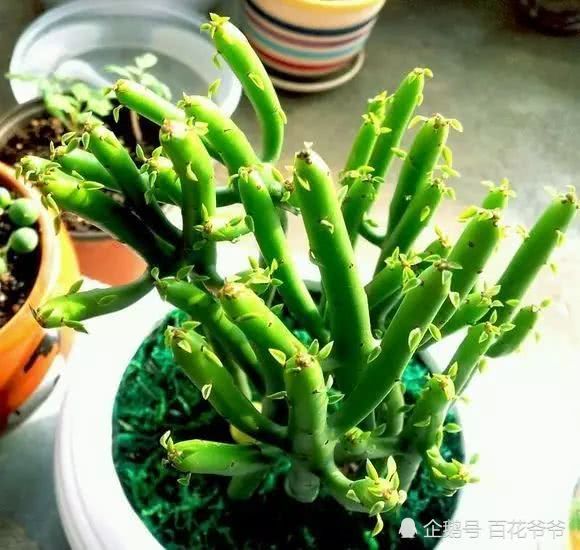Do you use warm or cold water to water flowers in winter? Presbyopia: you are wrong to water it like this

The weather is getting colder and colder, the late autumn is coming, and the big winter is coming soon. At this time, when raising potted flowers, flower friends should pay more attention and pay more attention to them. After all, most flowers and plants can't stand the low temperature. After all, the peak growing season of flowers is in the spring and autumn every year, summer and winter, are not conducive to growth. Next, let's talk about some knowledge of growing flowers in winter. There is only one thing we need to pay more attention to about growing flowers in winter, and that is "watering". Why would you say that? Because growing flowers depends on fertilizer for three percent and water for seven percent. In winter, flowers are in the slow growing season, and fertilizer must not be applied any more. It is necessary to stop applying fertilizer. And watering is the key. Only when it is well watered will the flowers survive the winter.
Water the flowers in winter, warm water or "cold water"? Presbyopia: you are wrong to water it like this
First of all, let's talk about the first topic, about watering. In winter, should we call tap water for flowers, that is, cold water, or warm water? The presbyopia who has kept flowers for more than ten years, based on his many years of flower-growing experience, summed up to me: watering flowers, cold water and warm water are fine, but they should be watered according to specific conditions. You can't just use cold water or warm water. In this way, flowers will rot and die sooner or later. The correct way of watering is like this. It should be determined according to the ambient temperature of the outside world and the temperature in the flower pot soil. In general, cold water can be used in the morning and evening, but warm water can not be used at this time, because the temperature is low in the morning and evening, the basin soil can not bear better moisture than its temperature, otherwise it is easy to rot the roots. And noon is suitable for pouring warm water, not suitable for cold water. This is the trick of watering flowers!
What do you mean by "see dry and wet" and "do not water, water thoroughly" in watering flowers?
Whether growing flowers is good or not, it all depends on watering flowers. As the saying goes, if anyone can water for three years, his flowers must be very exuberant. In fact, there are still some techniques available in the process of watering flowers. For example, it is often said that "see dry see wet", "do not dry do not water, water thoroughly", "dry thoroughly pour thoroughly" and so on. Literally, it is not difficult for us to understand. See dry see wet, it means that as long as you see the soil in the flowerpot, dry, it is time to water. If the flower pot soil is wet, it does not need to be watered again. If it is not dry or watered, it will be watered thoroughly, which means that the basin soil cannot be watered if it is not dry. When it is dry, it must be watered thoroughly, not half of it. There is generally no problem with watering flowers according to these techniques.
When watering flowers, everyone is using rice washing water and vegetable washing water. What are the advantages of these?
Whether it is rice washing water or vegetable washing water, it all belongs to the category of domestic wastewater. Using them to water flowers can be said to look forward to the effect of waste utilization and save water resources. Of course, using them to water the flowers, if there is no effect, then probably no one will use them. Facts have proved that rice washing water and vegetable washing water are good water for watering flowers. In particular, Amoy rice water is rich in trace substances, in which the potassium element on the surface of rice will remain in the rice panning water. Once poured into the flowerpot, it will promote the stems and leaves of flowers to thrive. But remember, rice-panning water needs to be sealed in a container and fermented before use.
Finally, I would like to remind flower friends that when watering flowers in winter, do not pour water on the leaves or flowers of the plants. Due to the low external temperature, if there is water left on the leaves, it is easy to cause rotten leaves. The above is to share some knowledge about growing and watering flowers in winter, flower friends can collect it, thank you for your reading!
Remember to like and share.
- Prev

It only takes a little trick to make jasmine cuttings take root quickly.
The jasmine blooms are beautiful, the aroma is fresh, and people like them very much. In many people's homes will raise a pot, jasmine cutting methods are also many, but in order to quickly take root after jasmine cutting, the survival rate is high, it requires some skills.
- Next

These seven kinds of flower names are called immortal, specializing in flower cultivation, and the killer can live without care.
Many people love flowers, but a large number of flower friends give themselves a nickname of "flower killer". Therefore, we often receive messages from flower friends saying that they like flowers very much, but there are basically no flowers that he can't grow. How can they be broken? In.。
Related
- Wuhan Hospital Iron Tree Blooming Result Was Instantly Frightened by the Gardener Master
- Which variety of camellia is the most fragrant and best? Which one do you like best?
- What is the small blue coat, the breeding methods and matters needing attention of the succulent plant
- Dormancy time and maintenance management of succulent plants during dormancy
- Minas succulent how to raise, Minas succulent plant pictures
- What are the varieties of winter succulent plants
- How to raise succulent plants in twelve rolls? let's take a look at some experience of breeding twelve rolls.
- Attention should be paid to water control for succulent plants during dormant period (winter and summer)
- Watering experience of twelve rolls of succulent plants
- Techniques for fertilizing succulent plants. An article will let you know how to fertilize succulent plants.

